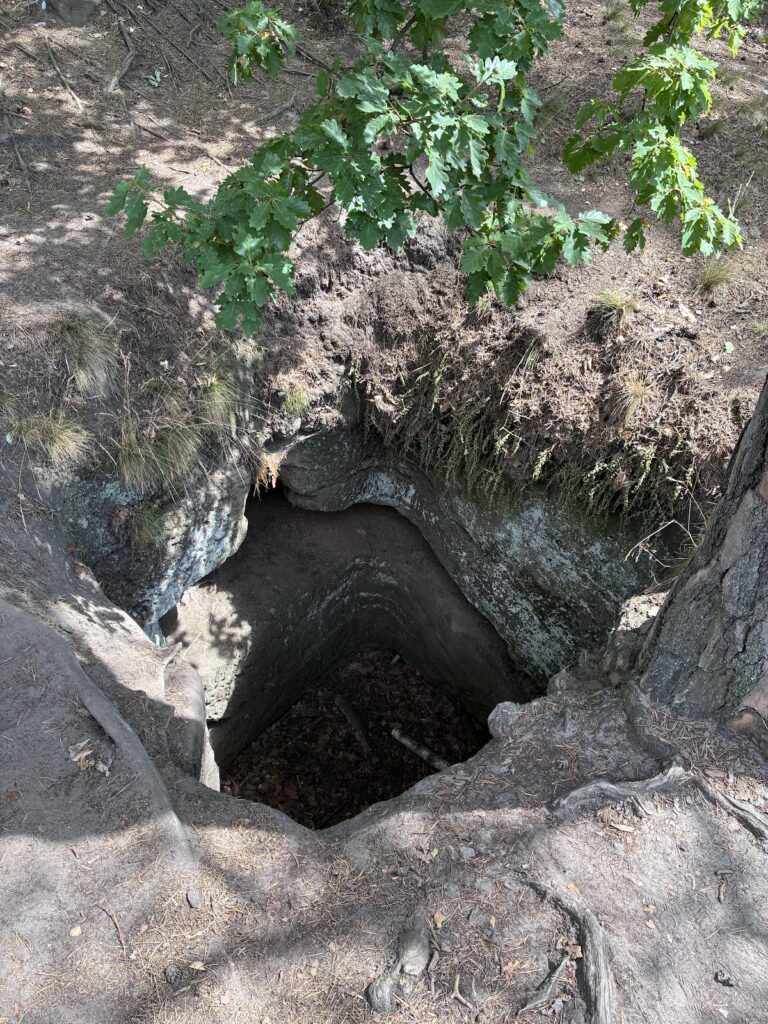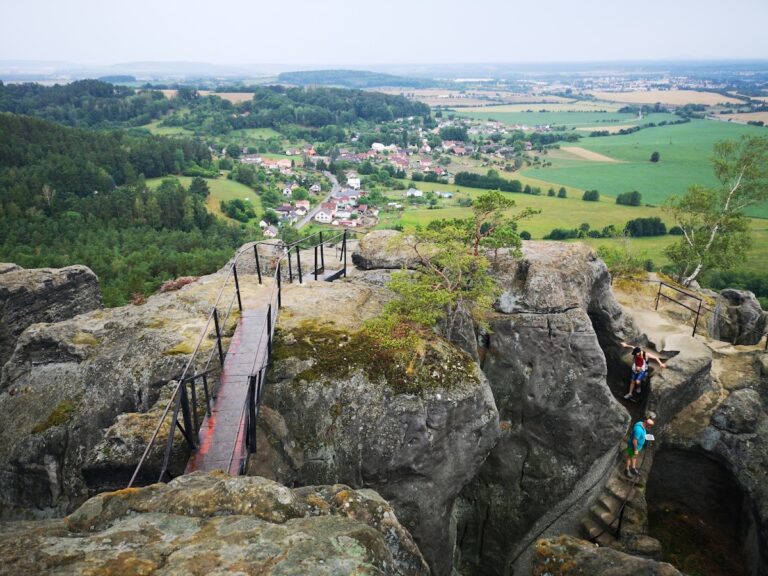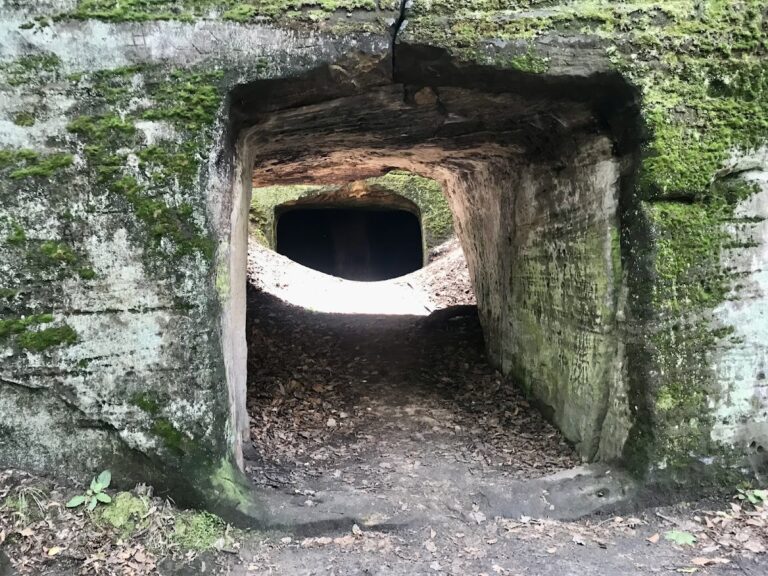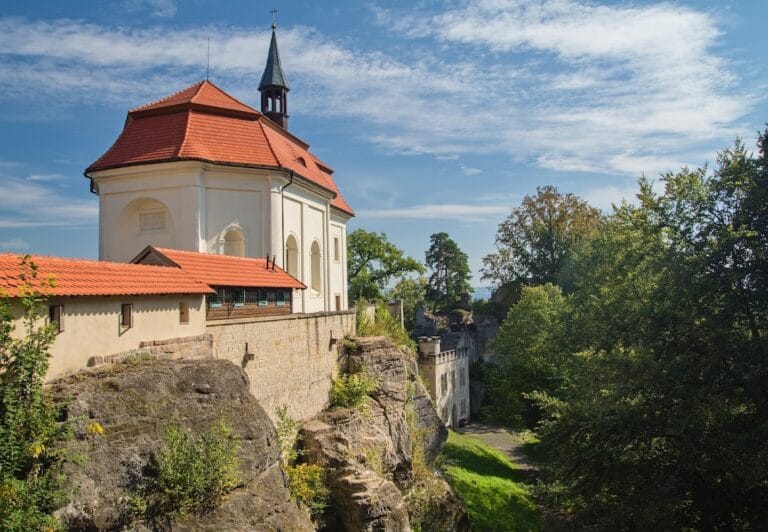Klamorna: A Historic Hillfort Near Mnichovo Hradiště
Visitor Information
Google Rating: 4.7
Popularity: Low
Google Maps: View on Google Maps
Official Website: lesycr.cz
Country: Czechia
Civilization: Unclassified
Remains: Military
History
Klamorna is located near Mnichovo Hradiště in the modern Czech Republic. The site’s origins trace back to prehistoric times, when it was established by communities living during the Middle Eneolithic period, roughly 5,000 years ago. These early inhabitants settled intermittently on the sandstone promontory until around the 3rd century BCE, when the settlement suffered a violent end.
Several centuries later, in the 9th century, the nearby Hrady site was strengthened as part of a defensive network, and Klamorna’s narrow connecting neck was fortified with a rampart to help protect the area. From the second half of the 13th century, Klamorna became part of a fortress system that included other strongholds such as Drábské světničky, Staré Hrady, and Hynšta, all situated around the edges of Mužský hill. This system played an important role in regional defense during the medieval era.
At some point in later centuries, the fortress fell into ruin. However, during the religious and military conflicts of the Hussite Wars in the early 15th century, Klamorna experienced a brief resurgence when it was occupied under the command of Bernart and Bartoš of Valečov, known commanders during this period. Since 1967, Klamorna has been formally recognized for its cultural and historical importance, receiving protection alongside sites such as Drábské světničky and Hrada hillfort.
Remains
Klamorna occupies a sandstone outcrop featuring steep, nearly vertical sides, making it a naturally defensible position. The site is separated from the surrounding rock plateau by a narrow neck, which was historically closed off by a rampart dating back to prehistoric times. This rampart formed part of an early hillfort defensive structure designed to control access to the promontory.
Despite the strategic location, the upper rock platforms of Klamorna show no traces of permanent stone-built structures. However, on the southern edge of the summit, there is a cistern carved directly into the sandstone. This rock-cut water reservoir would have been essential for storing rainwater to supply the inhabitants or garrison during dry periods.
Towards the rear area of the site, a natural rock crevice contains four chambers carved into the sandstone. These chambers include two with stone tables still preserved, suggesting they served specific functional or communal purposes. One chamber features remains of a delicately carved window, an architectural detail that has permitted scholars to date this part of the site to the 15th century.
The original rampart, the cistern, and the chambers together reveal multiple phases of construction and reuse, reflecting the shifting needs and tactical considerations of those who occupied Klamorna over millennia. Nearby ruins, such as the 16th-century Píč farmstead, further testify to the long history of human activity in the area surrounding the fortress.










